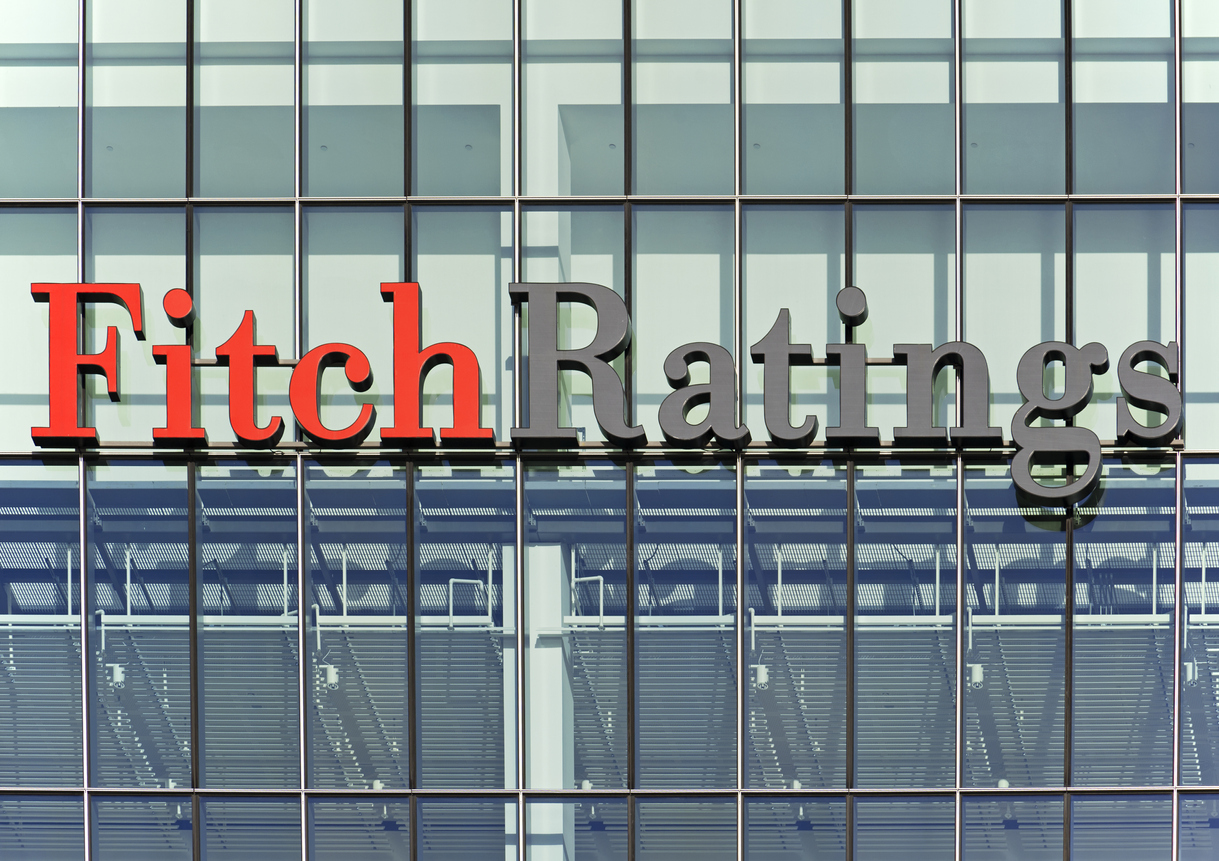
The Truth About Maryland’s AAA Bond Rating
As you may know, Maryland is one of only 13 states to hold the coveted AAA rating from all three major credit agencies—Moody’s, S&P Global, and Fitch Ratings. Many people tend to misinterpret this as a sign that Maryland has accumulated little long-term debt, or that the state has managed its debt very well over the years.
Unfortunately, such interpretation cannot be further from reality. As Maryland’s Treasurer Nancy K. Kopp noted accurately in her testimony before the Senate and Taxation Committee in February, “It is important to note that Maryland is weaker relative to other triple-AAA states on quantitative measures such as pension liability and outstanding debt load.” She added, “Long-term liabilities in Maryland are somewhat high relative to peer triple AAA states.”
In other words, while it is a good news that Maryland was able to maintain its AAA rating this year, the state is not exactly in a position to be celebrating.
Here’s a closer look at Maryland’s long-term debts to understand exactly why.
According to the state’s Comprehensive Annual Financial Reports, Maryland’s debt level has increased sharply over the years on a per-capita basis. As of June 30, 2010, Maryland owed $15.8 billion in primary government debt, equivalent to $2,696 per capita. Then by June 30, 2019, Maryland had accumulated $20.2 billion in primary government debt, equivalent to $3,350 per capita. This implies an almost 25% growth in debt in just a decade.
More importantly, $11 billion out of $20.2 billion in debt is general obligation (GO) bond debt, secured by the full faith and credit of the state and backed by general taxpayer dollars. As a result, Maryland’s cost of debt service has also increased from 2.9% of the operating budget in fiscal 2010 to 3.7% in fiscal 2019. In other words, the burden of debt repayment has grown quicker than the state budget, thereby increasingly diverting money away from other spending needs.
How did this happen?
Historically speaking, the former Governor Martin O’Malley administration played a huge role in growing Maryland’s bond debts. O’Malley often issued bonds to make up for the general fund shortfall. For instance, he issued $1.4 billion worth of GO bonds as “replacement funding” to finance the Open Space Program and the Chesapeake Bay Restoration Fund, because he had transferred the dedicated tax revenues for them into the general fund.
Therefore, the Baltimore Sun’s editorial board noted in 2013 that “the level of state debt has increased markedly under the O’Malley administration, and with it, debt service payments are projected to take up a big chunk of his successor’s budgets.” Lo and behold, Maryland is still paying off the O’Malley years’ debts today.
In O’Malley’s defense, states and localities generally tend to take on more debt during economic downturns to cover unexpected revenue shortfalls. That’s also why this topic is extremely relevant during the ongoing Covid-19 recession.
In order to not accumulate more debt like most states did after the 2008 recession, it is extremely important that policymakers realize the truth about Maryland’s AAA bond rating: the rating does not mean that Maryland has no debt problem, and therefore that the state should borrow as much as it needs to fund all kinds of projects regardless of their questionable economic benefits.
Instead, Maryland should be extra cautious about excessive borrowing in the coming years in order to retain its AAA rating. State government should consider adopting stricter debt limits to control the growth of long-term debt. According to the Pew Charitable Trusts report from 2017, Maryland is one of few states that require neither voter referendums nor legislative supermajorities to issue new long-term debt. This is one of the many reasons why Maryland’s debt has grown so quickly over the years.
Another important aspect of Maryland’s long-term debt is its $20 billion unfunded pension liability. Although this topic is beyond the scope of this blog, it is extremely relevant for Maryland’s ability to maintain a AAA bond rating. Covid-19-induced stock market volatility has further weakened the positions of public pension funds across the nation, and Maryland is no exception. My recent blog suggests ways that Maryland can prevent its pension debt from further ballooning out of control after this crisis.





